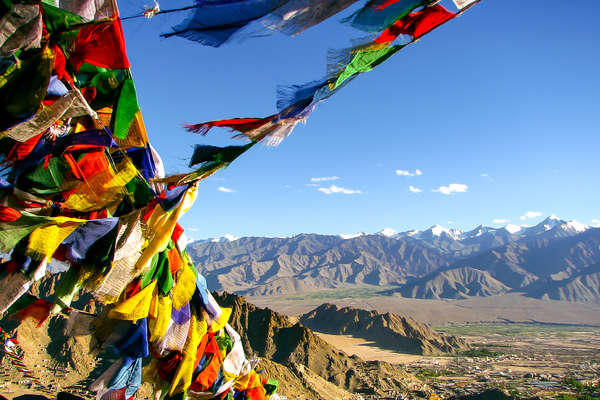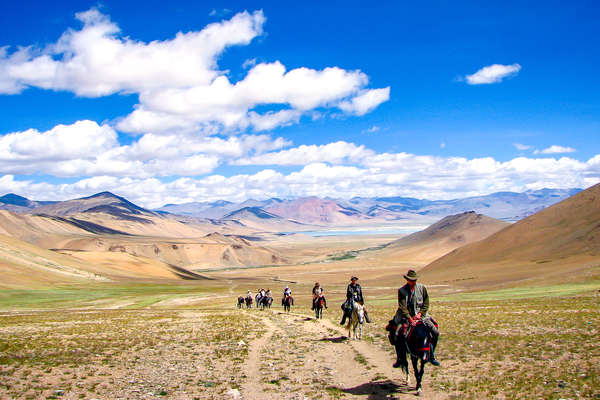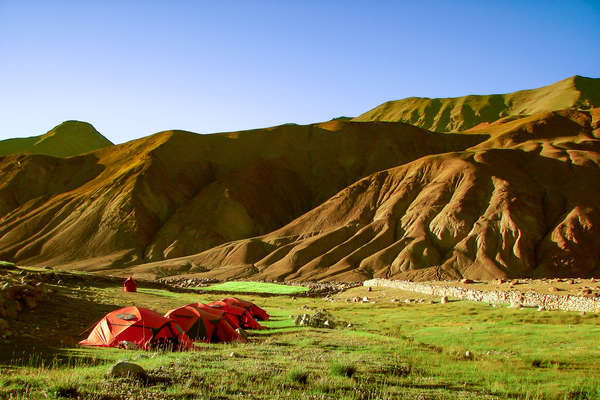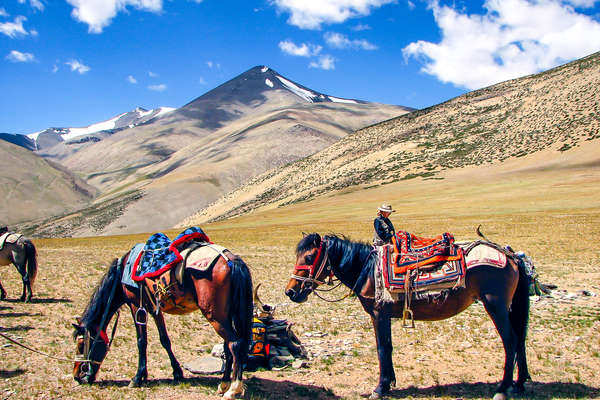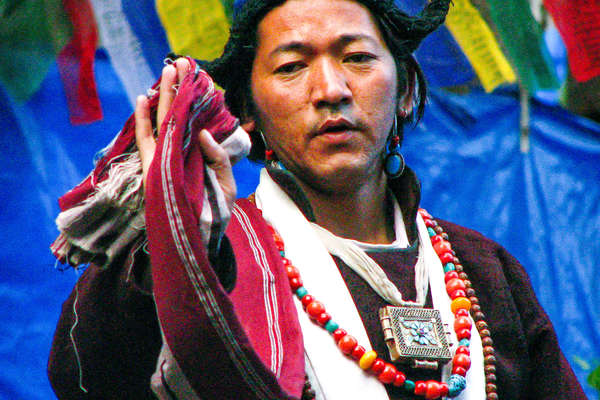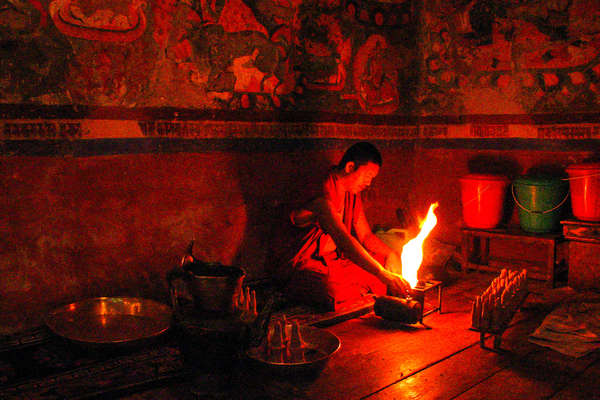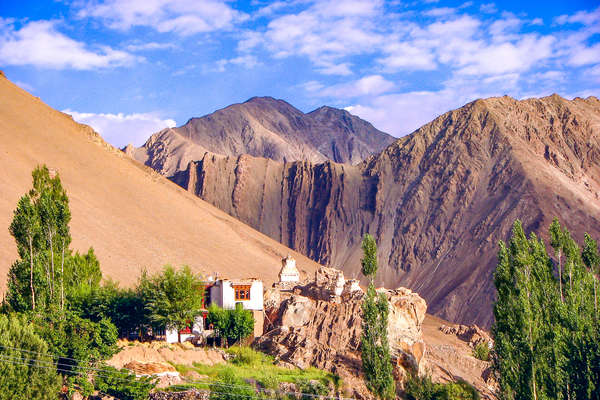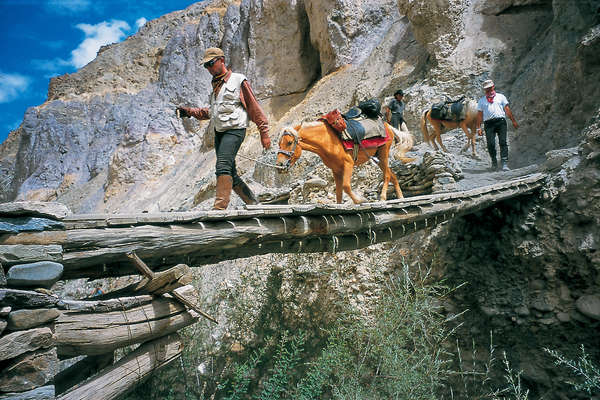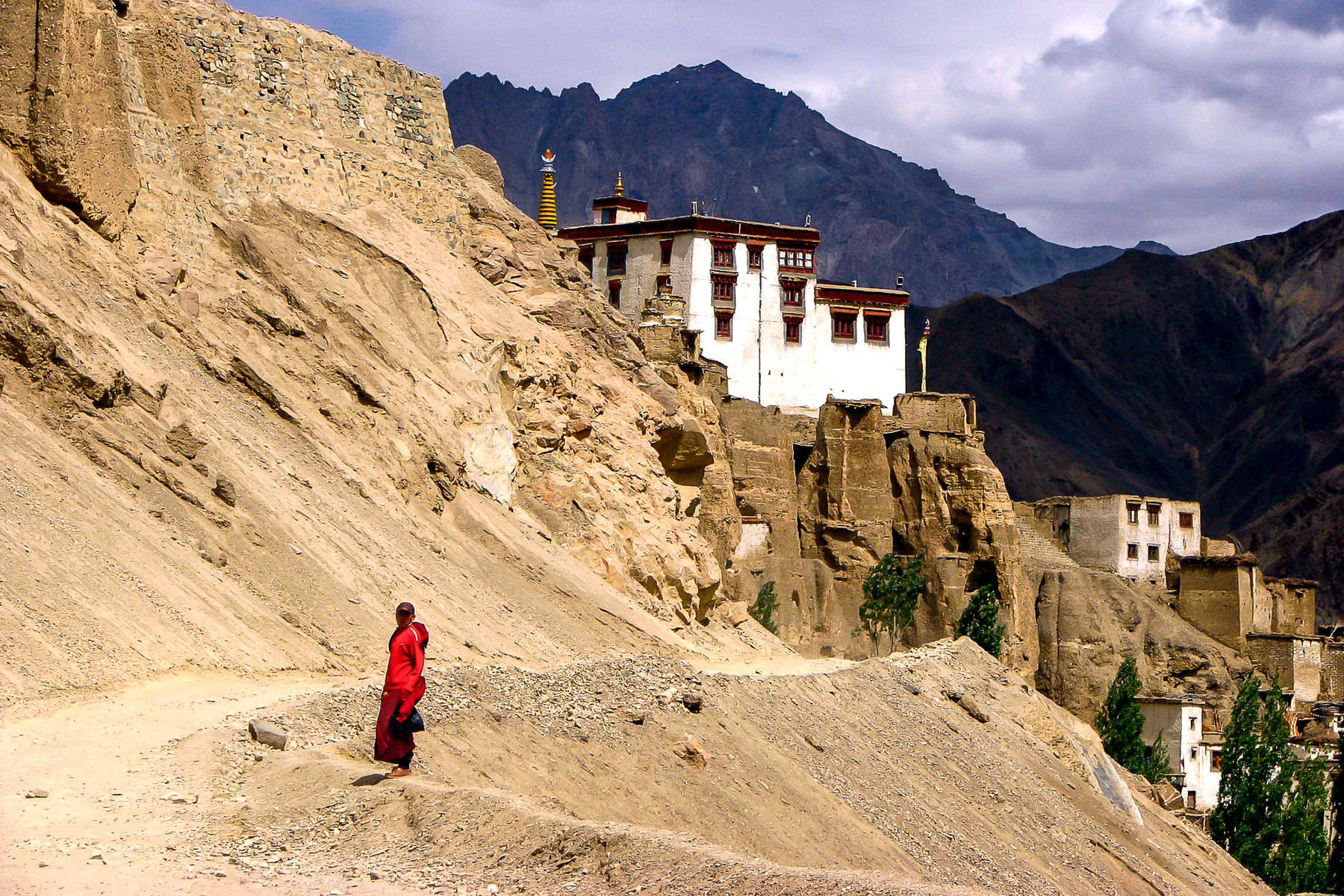
All trips
No matches
Visa & Health
Formalities
Addresses of consulates
- Ambassade de l’Inde15, rue Alfred-Dehodencq75016 PARISTél. : 01 40 50 70 70Fax : 01 40 50 09 96
- British High Commission in IndiaShantipath, Chanakyapuri110021 New DelhiTél. : +91(11)24192492Fax :web.newdehli@fco.gov.uk
- Ambassade de France en Inde2/50-E Shantipath Chanakyapuri110021 NEW DELHITél. : +91 (11) 2419 6100Fax : +91 (11) 2419 6169
- Ambassade d'Inde217 Chaussee De Vleurgat1050 BruxellesTél. : +32 (0)2 6409140Fax : +32 (0)2 6489638consular@indembassy.be
- Ambassade de l'IndeChancellerieCase postale 406Kirchenfeldstrasse 283000 Berne 6Tél. : 031/351 11 10Fax : 031/351 15 57ndia@spectraweb.ch
Health
Insurance
Voltage
Budget and money
Telephone and jetlag
Country information
Country ID
Socio-economical data
History
Geography
People, culture and traditions
Choosing the right riding holiday
Choosing the right riding holiday
All of our horseback riding trails in Ladakh coincide with a Buddhist festival. Local inhabitants will walk for days to attend their closest festival - dressed in all their finery with an array of necklaces and bangles on the women and colourful vests and hats on the men. Whilst this colourful crowd is part of the attraction, the performances, music and dances are riveting.
Peformances tend to consist of people dressed up and wearing large masks to depict the deities which accompany a person during the 49 days from death to reincarnation. The masks often have snarling teeth, small protruding skulls, wide eyes and upturned noses, worm above colourful, layered skirts and menacingly slicing the air with swords and daggers. These sinister deities are then destroyed by the attainment of virtue through "Mara". Mara is depicted by a triangular piece of wood which is painted in many bright colours and meditated and praid over for weeks before the festival. Mara is then burned or destroyed amidst a clammer of cheers from the crowd.
The Lamayuru festival (Yuru Kabgyat) takes place at Lamayuru Monastery and lasts for two days, usually in July. It is attended by monks from all over the world and the two main figures depicted are Yama (Lord of Death) and Padmasambhava (the second Buddha - considered to be the protector of horses and other animals).
The Phyang festival (Phyang Tsedup) takes place at Phyang monastery, usually in July/August. The monastery is home to 70 monks and every third year a huge, elaborate thangka of Skyabje Jigten Gombo, the founder of the Dri-gung-pa order is unveiled. This festival celebrates the victory of good over evil.
The Tak-Tok festival (Dak Thok Tsechu) is held at a cave chapel which is part of the Dak Thok monastery, usually in July/August. The name Dak Thok means Black Rock in Ladakhi. This festival celebrates the deeds of Guru Rimpoche, one of the founders of Tibetan Buddhism.


